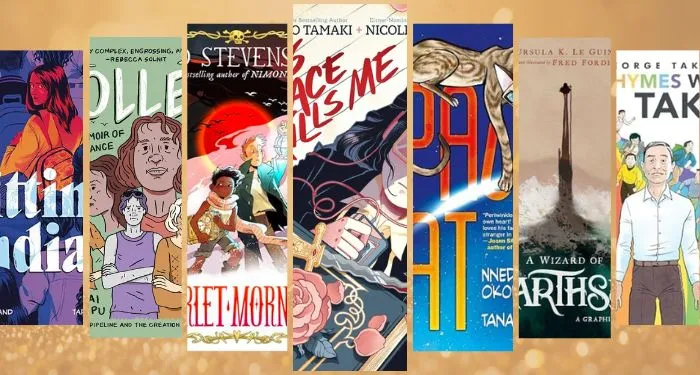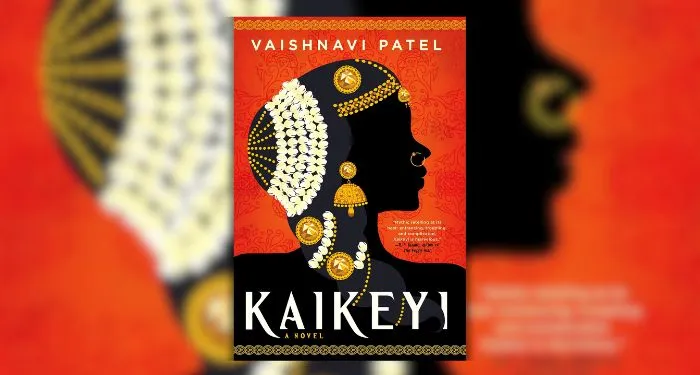It’s almost exactly a year since I reviewed two of the Kew Gardens collection books from Welbeck: Fragrance by Josh Carter and Samuel Gearing reviewed here and Parched by Philip Clayton reviewed here. Consequently I was delighted to receive The Apothecary’s Garden by Emma Wayland and extend my grateful thanks to Isabelle Wilson at Headline for sending me a copy. It’s my pleasure to share my review today.
The Apothecary’s Garden was published by Welbeck on 24th April 2025 and is available for purchase through the publisher links here.
Kew: The Apothecary’s Garden
For centuries we have harnessed the ancient wisdom of botanical healing, with plants used for a multitude of remedies that nurture both body and soul.
Kew: The Apothecary’s Garden is a fascinating exploration of nature’s pharmacy and the healing power of plants, from soothing hops, chamomile and valerian, and invigorating guarana, maca and ginseng, to the infection-fighting turmeric and tea tree and the immunity-boosting turkey tail mushroom. Herbal remedies, natural tinctures, and the historical and botanical background of plants are revealed through expert text and beautiful illustrations from the renowned Kew archive.
This curious history of plants that heal describes the incredible properties of over 60 species. Exploring the original folk remedies they inspired and the science behind them, this is the weird and wonderful story of how humans have harnessed nature’s apothecary.
My Review of The Apothecary’s Garden
A book about the science and mythology of medicinal plants.
If you’re looking for a horticultural guidebook to cultivating medicinal plants, this is not what you are looking for. If, however, you want the most glorious gift book that examines the huge wealth of background to such plants then look no further!
As with the other books in the Kew Gardens series, The Apothecary’s Garden is stunningly presented. The hardback is exquisite quality with robust, weighty covers and includes the most glorious illustrations throughout. Even the end papers feel luxurious, with the suggestion of the timelessness of stars and a hint of plant trellis so that this is a volume that will endure much handling and bring pleasure to the reader for years to come. It’s impossible to overstate the beauty and variety of illustration.
The information contained within The Apothecary’s Garden is eclectic, extensive and immensely entertaining. It’s particularly fascinating to discover the link between some of our modern medicines and traditional use – and I loved the word of caution at the start of the book warning readers not to use The Apothecary’s Garden as a means of deciding upon or creating their own cures!
Each of the eight chapters begins with an erudite and interesting introduction and then contains information about individual plants that includes history, herbalism, geography and culture. There’s folklore, science and superstition so that every entry holds something new to discover. I was particularly interested in Gotu Kola as I’d never heard of it before!
I think The Apothecary’s Garden would make a wonderful gift book for anyone interested in plants or medicine. It can be read in the order it’s presented, or dipped into on a whim to discover something fascinating. For those wanting a gift for someone interested in plants but who has everything already, The Apothecary’s Garden could be exactly what you need.
About Emma Wayland
Emma Wayland is a journalist, writer and lecturer. Her postgraduate research at Imperial College, London, and in the Department of History and Philosophy of Science, Cambridge, concerned how Victorian gardeners made use of new scientific ideas. As Emma Townshend she was the Independent on Sunday‘s gardening columnist for 10 years, and for the last 15 years she has been part of the team of volunteer tour guides at Kew, interpreting the Gardens for visitors. She lives in London.




















 English (US) ·
English (US) ·